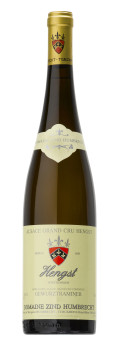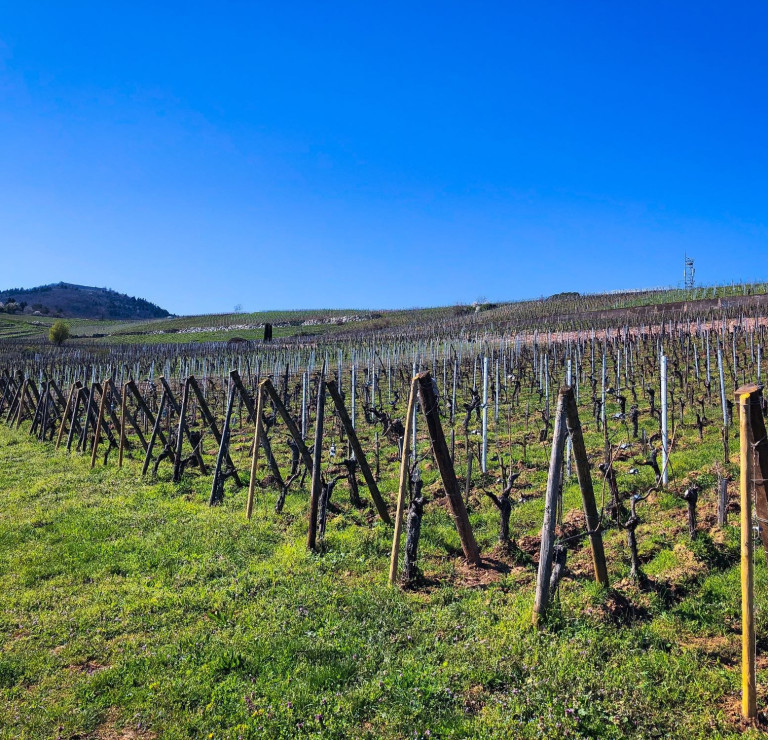
Technical presentation
| Bottling : | March 2012 |
|---|---|
| Acquired alcohol : | 14.5° |
| Residual sugar : | 37.0 g/l |
| Total acidity : | 4.5 g/l H2SO4 (6.8 g/l Acide Tartrique) |
| pH : | 3.6 |
| Yield : | 16 hl/ha |
| Optimum tasting : | 2015-2040+ |
| Average age of vines : | 59 years |
| Terroir : | Grand Cru Hengst |
| Sweetness index : | 3 |
| Soil : | Marl, Oligocene calcareous , South/South East facing, medium/steep slope |
Description of the wine Gewurztraminer Grand Cru Hengst 2010
The Hengst Grand Cru enjoys an old reputation for being the place to grow Gewurztraminer. The combination of a high lime content calcareous soil, some marl, a warm and dry setting, but not too precocious, provide the best conditions possible for this difficult grape variety. It was very saddening to see these old vines being hailed early July and in consequence, loose about half the crop. Perhaps the very small crop also allowed producing this wine? Who knows, but the result was a beautiful crop of dense, bright orange coloured grapes (modern clones are dark pink/red but less interesting). Interestingly, this wine fermented in two times, only finishing at the end of the 2011 harvest with a medium off dry sweetness.

Tasting notes
03/2012 : The nose is extremely complex and associate some faint residual floral aromas, more exotic fruits like litchi/mango and lots of spicy, bacon, toasted flavours. It is at the same time discreet and intense, and far from the dull perfumed Gewurztraminers. The palate is concentrated, shows great acidity balance and the residual sweetness is more than welcome to create a harmonious finish. This vineyard is capable to make wines that hide their richness very well and make Gewurztraminer a complex grape.

The Hengst Grand Cru of Wintzenheim
The Hengst was first mentioned in the 9th century in an endowment of the Murbach Abbey. The lord of Haut Landsbourg as well as the bailiff of Kaysersberg shared the feudal rights up to the Great Revolution, whilst various noble families, abbeys and the bourgeoisie of Colmar exploited important parcels.